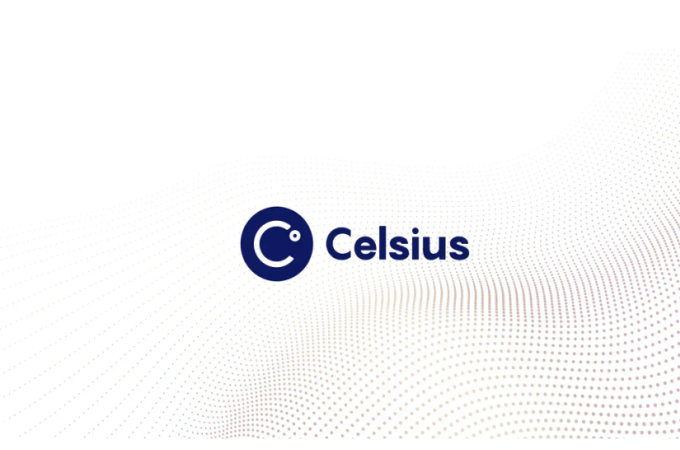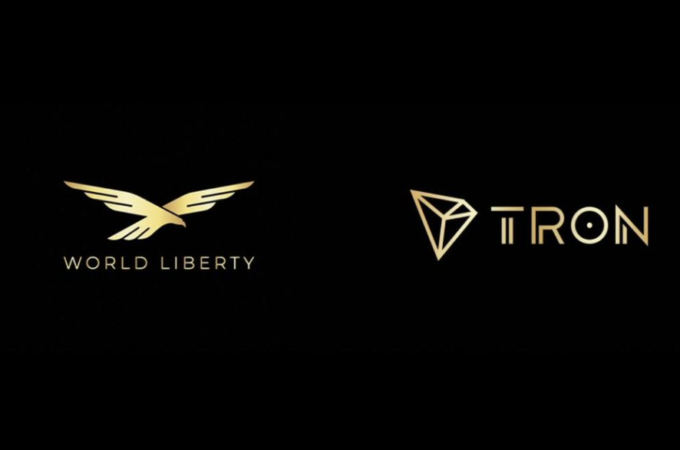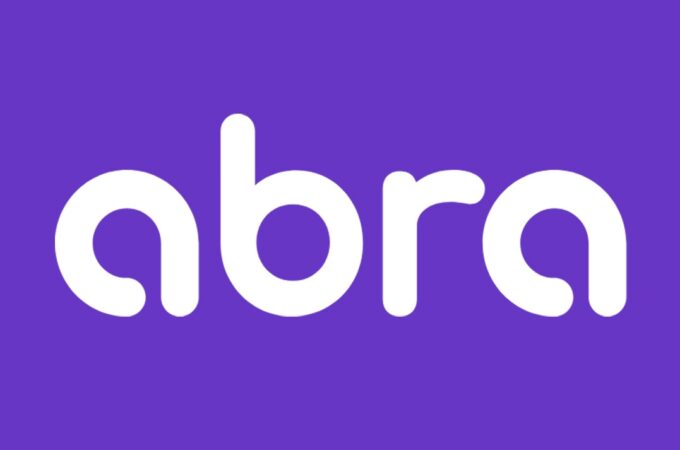
What the alternative lending model will look like in 2020?
Nowadays, there are many institutions that have the lending institutions they have been working with for years and know they can trust. However, as the lending industry keeps evolving, many agree that the usual lending model won’t be the same anymore.
That does not mean that the number of traditional lenders is shrinking, it is actually the opposite. But, nonetheless, there are lots of those who are convinced that nonbanks and alternative lending institutions slowly but surely are becoming the flagship of the field. Therefore, it is fair to say that they impose a certain risk to an already established system. And yet it is no surprise as the alternative lenders have realized timely how important it is to successfully implement technology into the growing industry in order to gain the trust of underserved businesses and individuals.
So what will the alternative lending model look like in 2020? Let’s take a look.
What is alternative lending?
That is a system of financing small businesses that struggle to get any investment and yet, for one reason or another, try to avoid traditional banking or simply can’t find the right one in the extensive list of the best lenders. So-called nonbanks that do not have a full banking license are happy to offer their customers different lending options that will still meet their expectations. Still, nonbanks can be engaged in processes like credit card operations, lending services, including mortgage lending.
Alternative lending latest trends
There are more and more digitally advanced banks existent in the ever-growing banking industry that impose a threat to traditional financial institutions that don’t want to step away from the conventional lending options.
The current trend is that approximately 40% of customers think that nonbanks are able to provide them with better service and satisfy their investment needs (according to Oracle’s Digital Demand in Retail Banking study).
According to the SME Finance Forum Report, there was a $5-trillion gap in 2018 between the financing needs of small- and medium-businesses and investment available for them. That is what made those seeking alternative sources of funding.
Experts believe that the market share of alternative lenders will grow even more if the incumbents won’t start exploring technology and trying to implement it in their operations. Meanwhile, alternative lenders have already started to gather data and attract potential customers by using artificial intelligence and machine learning.
Alternative lending market
As already mentioned, the continued growth of the alternative lending industry’s popularity implied a slow “die-off” of the traditional form of the industry.
According to one of the latest SMB Lending Reports, SMBs account for almost all private sector businesses in the United States and hire about 60% of all workers within the country. However, SMBs often experience trouble getting financing from conventional lending institutions, and, therefore, resort to alternative ones.
That is why it is fair to say that SMBs alone are responsible for the growing popularity of nonbanks in recent times.
Types of nonbank loans
- Nonbank mortgage loan
- Small business alternative loan
- Peer-to-Peer (P2P) loan
All things considered, it is likely that in the upcoming years banking industry will undergo more changes and, therefore, it is critical for top decision-makers of the corporations and SMBs to stay abreast of all the latest updates about the alternative lending trends.




